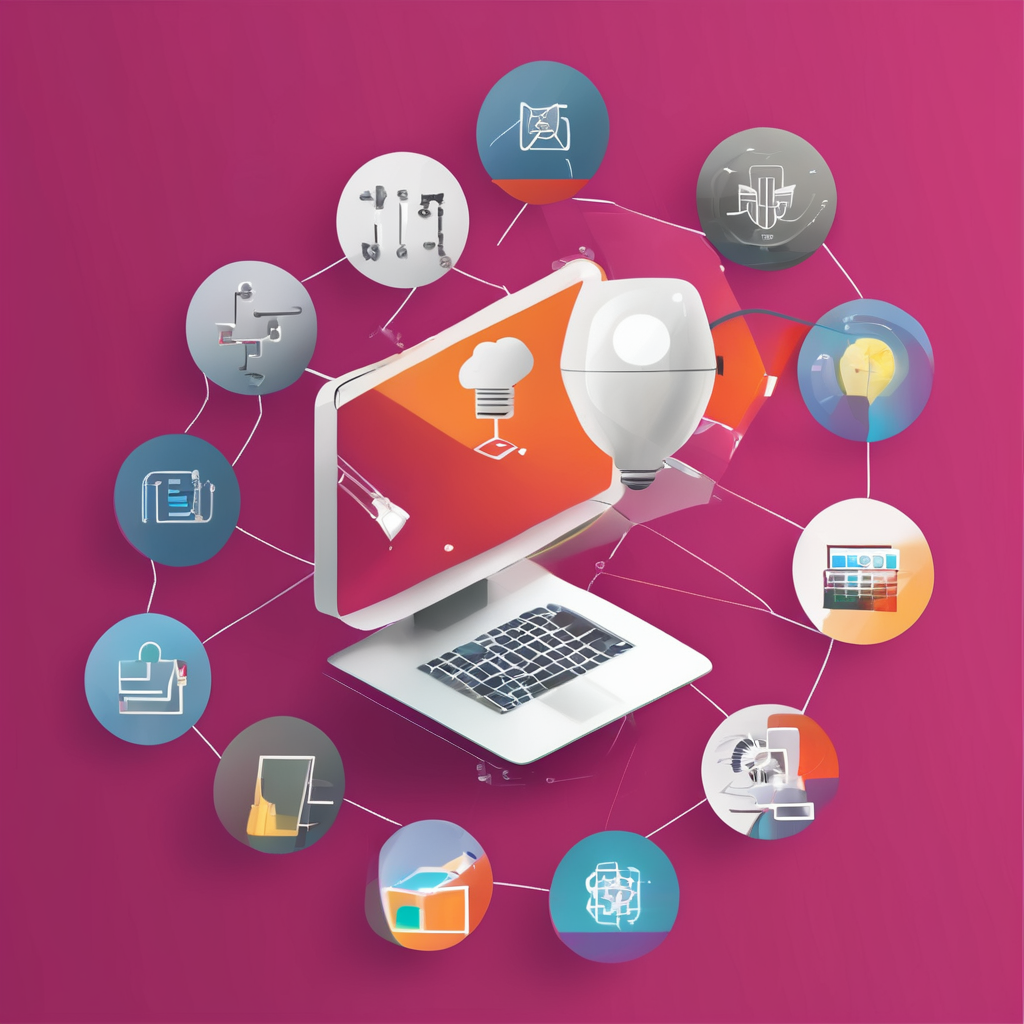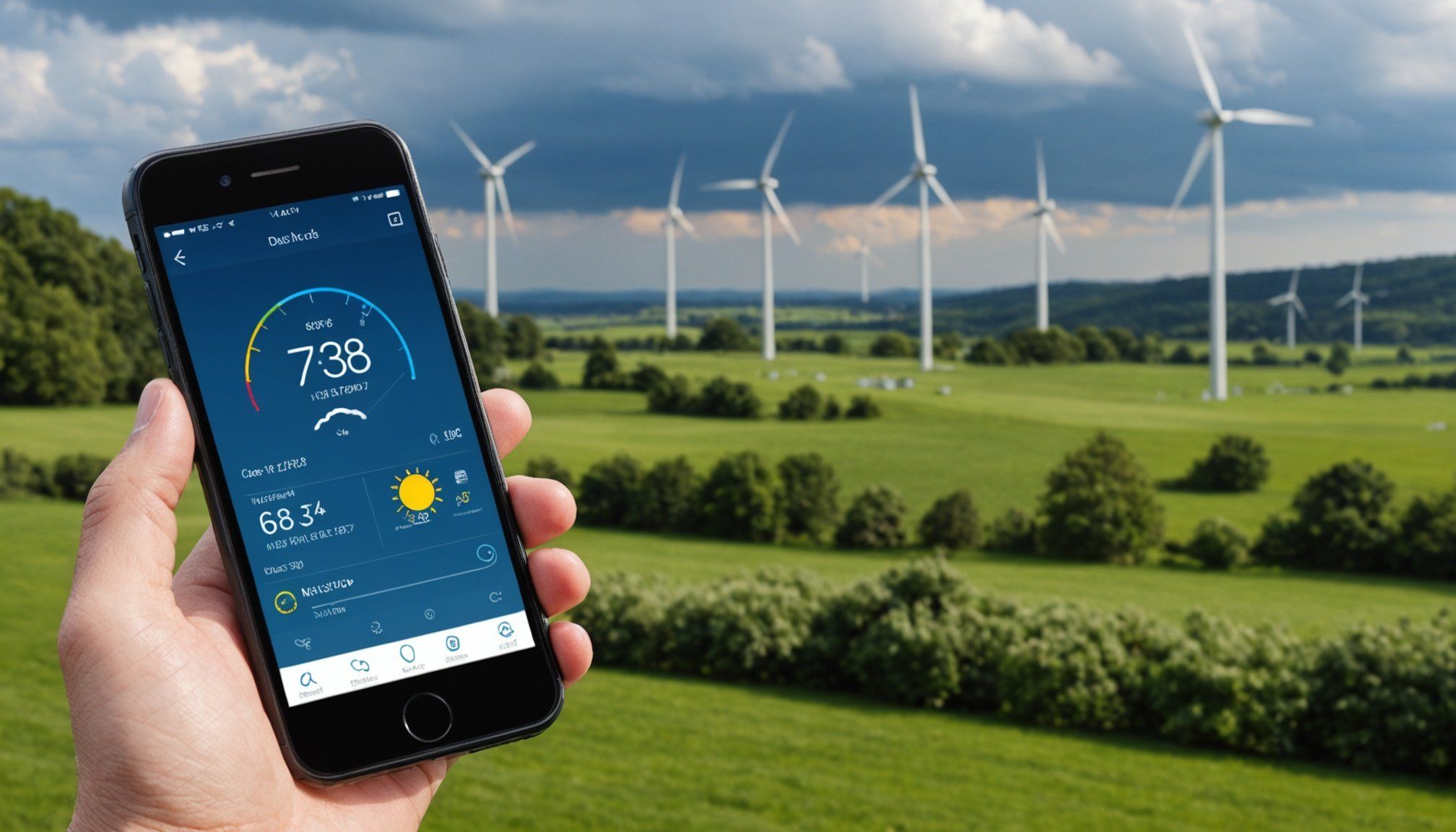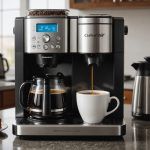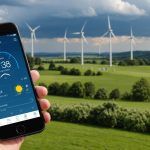Understanding Smartphone Weather Technologies
In recent years, the rise of smartphone weather stations has transformed how we access and utilize weather data. Smartphones come equipped with a variety of sensors that facilitate comprehensive weather monitoring technology. These sensors include barometers for atmospheric pressure, thermometers for temperature, and hygrometers for humidity. Together, they enable users to collect weather data seamlessly.
However, the effectiveness of these technologies heavily relies on the software and apps available. Such applications interpret raw data, offering user-friendly interfaces and features that enhance understanding and usability. For instance, apps can transform basic readings into practical insights such as weather forecasts and alerts.
Additional reading : Crafting Unforgettable Travel Itineraries: The Ultimate Smartphone Guide for Savvy Travelers
The integration of advanced algorithms within these apps ensures that the data collected is both accurate and understandable, making smartphones a valuable tool for personal weather monitoring. By converting smartphones into efficient weather stations, individuals can stay informed about their immediate environment, gain insights into weather patterns, and make informed decisions based on real-time data. This technological evolution reflects not only convenience but also empowers users with the knowledge to navigate their day-to-day activities safely and effectively.
Recommended Apps for Weather Forecasting
In the realm of transforming smartphones into effective weather stations, a plethora of best weather apps stands out. These apps revolutionize weather forecasting by harnessing smartphone sensors and advanced algorithms. Let’s explore a few notable options that truly shine in usability and features.
This might interest you : Master Your Smartphone: Seamless Control of Your Smart Coffee Maker Simplified
Top Apps for Meteorological Data
AccuWeather and Weather Underground are frequently lauded for their exceptional weather forecasting capabilities. These apps offer comprehensive meteorological data, integrating information such as temperature, wind speed, and humidity into user-friendly displays. Their precision is amplified using community-based data—AccuWeather, for example, utilizes hyper-local weather reports contributed by users.
Review of Features and Usability
Both apps provide extensive features, from real-time alerts to radar maps. Users praise their intuitive interfaces, which make it easy to interpret complex data. AccuWeather’s “MinuteCast” offers minute-by-minute precipitation forecasts for specific locations, a boon for precision in planning activities.
Comparison of Free vs Paid Apps
The choice between free and premium often hinges on best weather apps features. Free versions generally suffice for casual users, while paid offers unlock features like ad-free experiences, additional radar layers, and detailed analytics, enhancing weather forecasting capabilities.
Accessories to Enhance Weather Monitoring
When transforming your smartphone into a sophisticated weather monitoring tool, adding weather monitoring accessories can significantly improve data accuracy. These external sensors, such as digital anemometers and hygrometers, connect seamlessly with smartphones, offering enhanced precision in measuring wind speed and humidity levels.
External sensors can elevate the performance of your smartphone as a weather station by compensating for limitations in built-in technologies. For example, digital thermometers can provide more accurate temperature readings, crucial for precise weather monitoring technology. This added accuracy allows for better-informed decisions in weather-prone scenarios.
User experiences with these accessories generally highlight the ease of use and the enhancement in data reliability. Devices are often praised for their straightforward integration with existing smartphone systems. Some users have reported improvements in their ability to predict sudden weather changes, thanks to more precise readings.
To ensure the best experience, it is wise to consider user reviews when selecting accessories. Feedback often provides insights into device durability and compatibility, making it easier to choose the most effective smartphone weather tools for your needs.
Limitations of Smartphone Weather Stations
Smartphone limitations can significantly impact the accuracy of weather forecasts. While integrated sensors provide valuable data, several factors might compromise their precision. For instance, the calibration of these sensors in different phone models can lead to varying results. Additionally, the enclosure and placement within the phone may inhibit optimal data collection, particularly in extreme weather conditions.
Factors Affecting Accuracy
Several factors influence the reliability of weather data gathered via smartphones. Environmental limitations, such as interference from surrounding buildings or geographic terrains, can distort readings. Moreover, these devices inherently offer less accuracy compared to professional weather stations due to their limited calibration and sensor capabilities.
Environmental Limitations
Environmental conditions also play a role in reducing forecast accuracy. Smartphones are designed primarily for personal communication rather than dedicated weather monitoring. As such, factors like intense heat, cold, or moisture might affect sensor performance, leading to imprecise data collection and interpretation.
Comparison with Professional Weather Stations
Comparing smartphones with traditional weather monitoring systems highlights the pros and cons. Professional stations offer specialized equipment designed exclusively for precise weather monitoring. However, the convenience and portability of smartphones make them an accessible option for casual users despite their noted limitations.
Step-by-Step Guide to Setting Up Your Smartphone as a Weather Station
Transforming your device into a DIY weather station can be an exciting endeavor with the right approach. The initial step is selecting the appropriate apps and smartphone weather tools. Look for weather monitoring technology that integrates well with your device, offering comprehensive forecasts and real-time data.
Selecting and Calibrating Apps
When choosing apps, prioritize those renowned for accuracy and user-friendly interfaces. After installation, the calibration process is crucial. It involves aligning your phone’s built-in sensors with external weather monitoring accessories such as digital thermometers or hygrometers. Many apps offer guided calibration procedures to enhance data precision.
Configuring Sensors and Settings
Next, familiarize yourself with the sensor settings. Most smartphone weather station apps provide customizable options to fine-tune sensor readability according to your locality. Ensure that settings for key metrics like temperature, humidity, and wind speed are optimally adjusted to maximize data reliability.
Regular Monitoring and Data Logging
Finally, establish a routine for data monitoring and logging. Regular checks ensure that the sensors maintain accuracy over time, while data logs help you track weather trends and patterns more effectively. Engaging consistently with your weather setup will enhance your ability to anticipate changes accurately.
Interpreting Weather Data Accurately
Interpreting the weather data collected through your smartphone weather station requires an understanding of key metrics. Monitoring temperature, humidity, and wind speed is crucial in ensuring accurate predictions.
Key Metrics to Monitor
Knowing which metrics to observe enhances your ability to make informed decisions. Temperature readings help gauge the feel of the day, while humidity informs about the moisture level in the air, affecting comfort and health. Wind speed can indicate approaching changes in weather, like storms or cold fronts.
Understanding Weather Patterns
Successfully interpreting forecasts involves recognising trends and patterns. Noting fluctuations in humidity alongside rising temperatures might signal an incoming dry spell. Identifying these clues early can help plan outdoor activities or protect property against adverse weather conditions.
Mistakes to Avoid in Weather Interpretation
Avoid common pitfalls such as overlooking environmental context. Data from your smartphone might reflect its immediate surroundings, skewing readings. Ensure data is supplemented with additional sources or weather monitoring tools for comprehensive insights. Remember, a smartphone’s weather data is indicative, not absolute. Over-reliance without professional consultation might lead to imprecise conclusions.
User Reviews and Testimonials
Discovering real-life user experiences with weather app reviews can be invaluable for those navigating this digital landscape. Testimonials offer firsthand insights into how these apps and accessories function under various conditions, elevating your understanding of their practical application.
Users frequently emphasize the seamless integration and ease of use, especially when pairing smartphone weather tools with dedicated apps. Many reviews highlight the intuitive interfaces of well-regarded weather apps, praising their ability to present complex data in a digestible format. Positive feedback often reflects user satisfaction with features like real-time alerts and hyper-local weather updates, which empower individuals to make informed decisions swiftly.
Another key theme among user experiences is the benefit of additional hardware, such as external sensors, for enhanced accuracy. While smartphone sensors provide ample data, attachments like digital anemometers enrich the depth and precision of weather forecasts.
By actively engaging with user reviews and testimonials, potential buyers can identify which tools align best with their needs and environments. This feedback is a practical guide for refining choices in the rapidly evolving world of smartphone weather tools.











